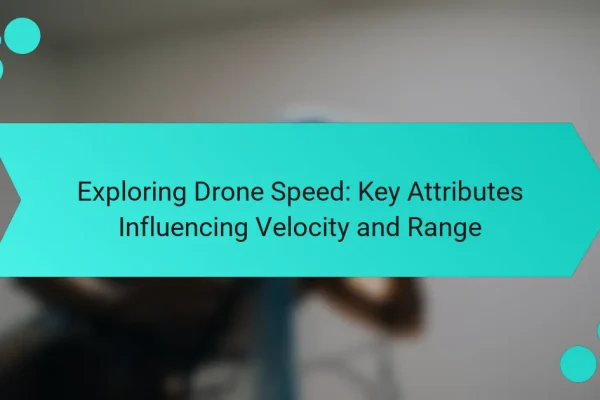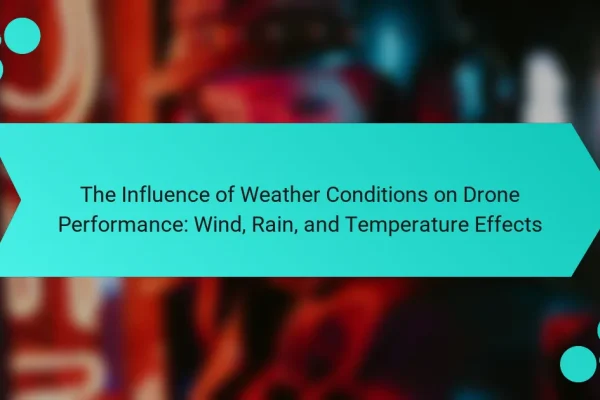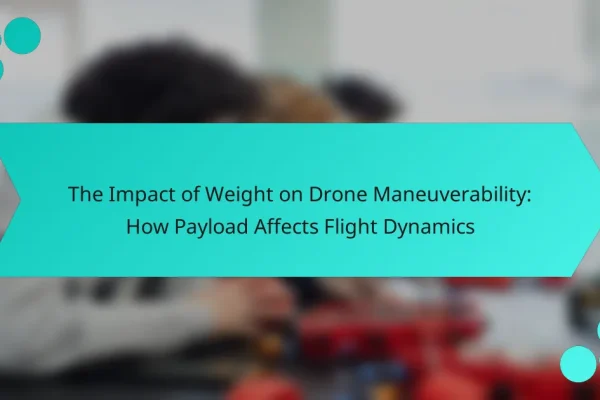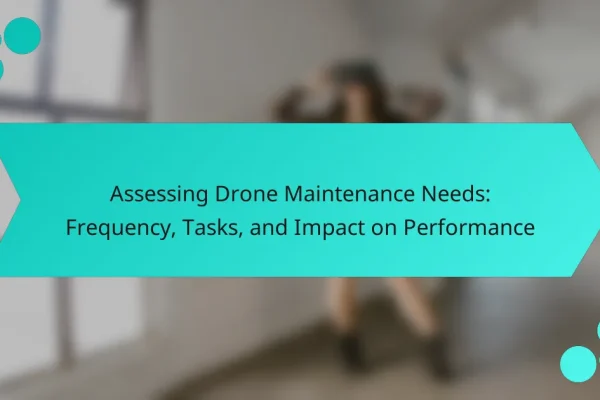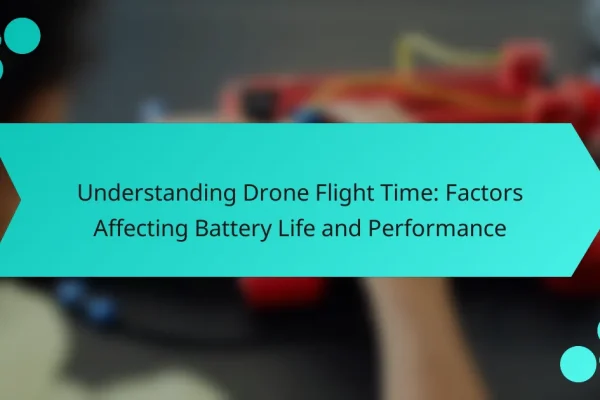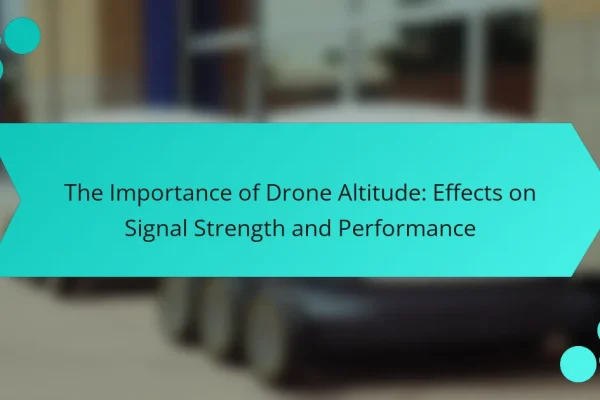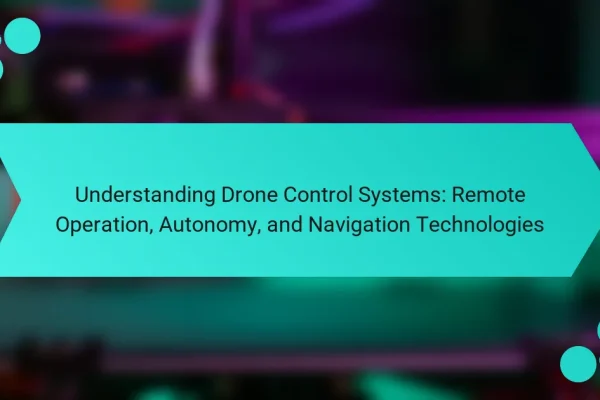
Understanding Drone Control Systems: Remote Operation, Autonomy, and Navigation Technologies
What are Drone Control Systems? Drone control systems are the technologies and methods used to operate and manage drones. These systems enable remote operation, allowing users to control drones from a distance. They utilize various components, including hardware and software, to facilitate flight operations. Control systems can include manual controls, automated flight paths, and real-time…
